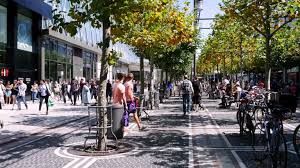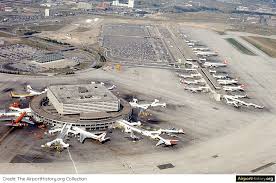The Role of Malls in Community and Economy

Introduction
Malls have long been a staple of urban and suburban life in Canada, serving not only as shopping destinations but also as gathering places for communities. With the growing shift towards online shopping, the relevance of physical malls is often questioned. However, recent trends indicate that malls continue to play a crucial role in local economies and community cohesion.
The Current State of Malls
According to a report by Retail Council of Canada (RCC), the mall industry is witnessing a revival as they innovate to attract consumers. In 2023, nearly 80% of Canadians reported that they enjoy visiting malls, with many appreciating the in-person shopping experience and social interaction these spaces provide. In recent years, malls have adapted to changing consumer habits by incorporating entertainment options, dining experiences, and wellness facilities alongside traditional retail stores.
Economic Significance
Malls are vital economic engines, generating significant employment and revenue. Statistics from Stats Canada show that the retail sector, which includes malls, contributed over $130 billion to Canada’s GDP in 2022. Furthermore, major shopping centers often attract tourism, drawing visitors from surrounding regions and boosting local businesses.
Challenges and Innovations
Despite facing challenges from e-commerce, many malls are evolving to remain competitive. Innovative strategies include transforming spaces to host local markets, community events, and experiential retail. For example, the recent launch of interactive pop-up stores and art installations has successfully drawn in younger demographics. Malls like West Edmonton Mall and Yorkdale Shopping Centre are examples where diversified offerings have revitalized foot traffic.
Conclusion
As we navigate the post-pandemic retail landscape, malls remain relevant by continuing to adapt and reinvent themselves. They are not merely shopping venues but multifunctional spaces that foster community interaction and stimulate economies. For consumers, the mall experience provides not only shopping opportunities but also a social environment that enhances the quality of life. Looking ahead, the future of malls in Canada will depend on their ability to embrace innovation while staying true to their community-centric roots.









